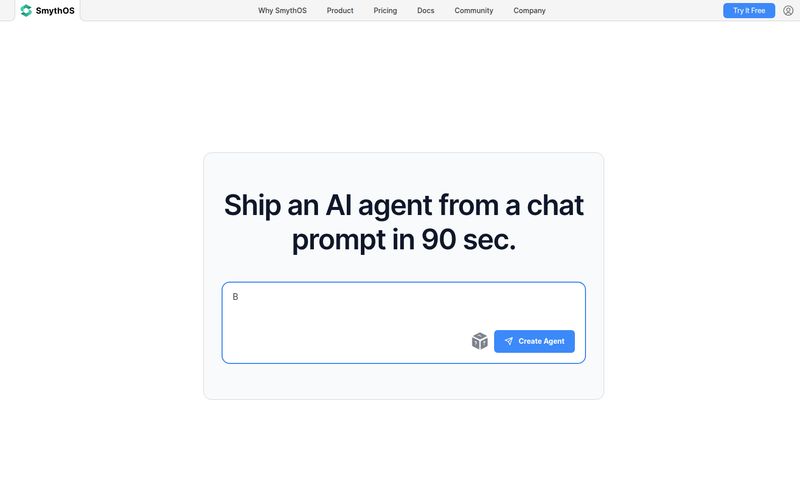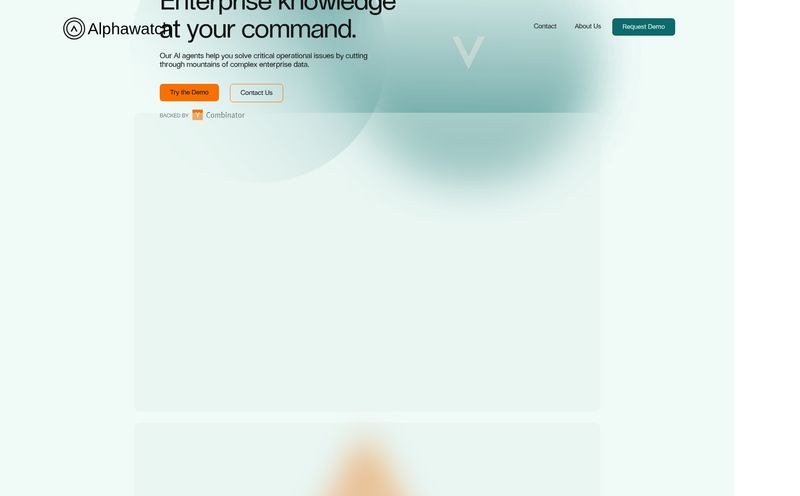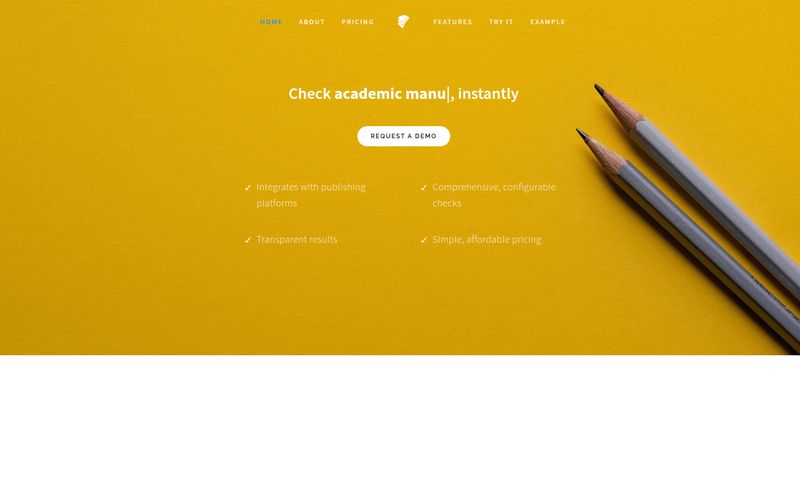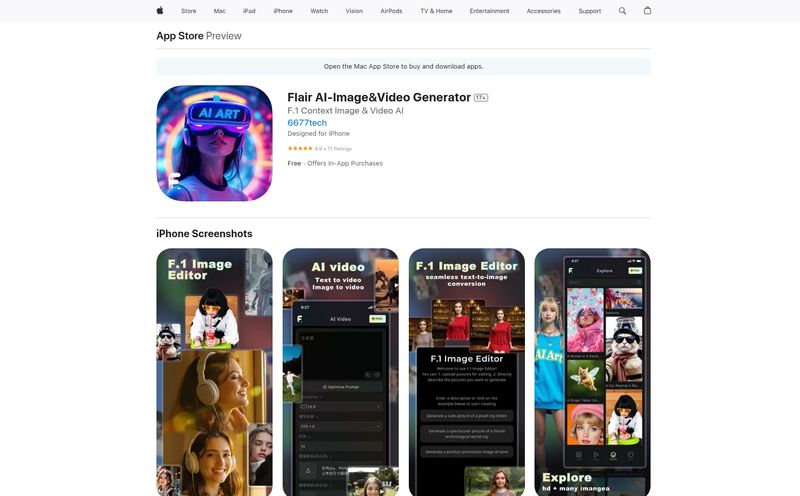If you've spent any time at a lab bench, you know the feeling. That sinking sensation when you realize the last three weeks of work, the expensive reagents, and your precious time have all been wasted on an experiment that was doomed from the start. Why? Because of a tiny, almost unnoticeable difference in a protocol you pulled from a paper published five years ago.
I remember my post-doc days, surrounded by stacks of printed-out PDFs, highlighter in hand, trying to cross-reference three different methods for a protein purification. One used a different buffer pH, another a slightly longer incubation time, and the third… well, the third was so vaguely written it felt more like a philosophical suggestion than a scientific protocol. It was a maddening, inefficient process. A necessary evil in the quest for good science. But what if it didn't have to be?
So, What Exactly is PubCompare?
Enter PubCompare. I stumbled upon this platform recently, and it’s one of those tools that makes you say, “Why didn’t this exist ten years ago?” At its core, PubCompare is an AI-powered search engine specifically for experimental protocols. Think of it as Google Scholar, but instead of just giving you a list of papers, it dissects them, understands them, and lets you compare the nitty-gritty details side-by-side.
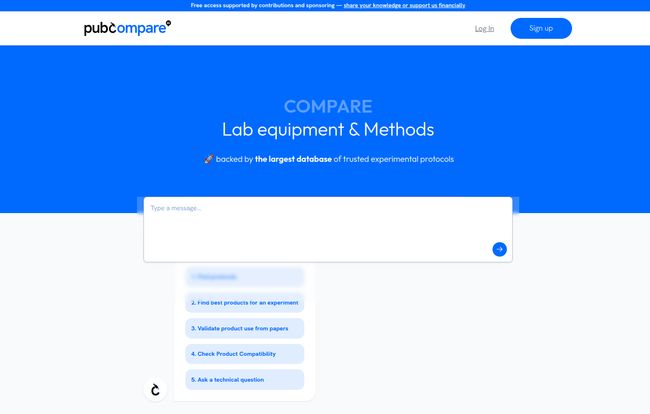
Visit PubCompare
It’s built on a massive repository of trusted protocols from published literature. The whole point is to cut down on that manual, soul-crushing comparison work, spot critical differences in methodology in minutes instead of hours, and maybe, just maybe, help us all do more reproducible science. It's a pretty bold mission, but one that's desperately needed.
How Does It Actually Work? A Look Under the Hood.
This isn’t just a simple keyword search. The real magic is in its features, which are clearly designed by people who’ve felt the pain of lab work.
The AI Protocol Comparator is the Star of the Show
This is the killer app. You can find multiple papers describing a similar experiment and ask PubCompare to compare them. The AI then pulls out the relevant sections—materials, incubation times, centrifuge speeds, you name it—and lays them out in a clean, side-by-side view. It's like having a hyper-efficient research assistant who can read and collate a dozen papers before you’ve finished your morning coffee. Suddenly, you can see that one paper uses 10% FBS while another uses 5%, a small detail that could be the difference between success and failure. No more highlighter fumes for me, thank you very much.
Beyond Just Comparing Methods
While the comparator is the main draw, there are other neat tricks up its sleeve. The platform includes Protocol Citation Trails, so you can see how a method has evolved over time and which papers built upon the original. It even helps with product selection for your experiments and provides enriched annotations on protocols, pointing out potential hazards or tricky steps. For papers behind a paywall, it often has systematic abstracts, giving you the gist without needing immediate access. It’s a whole ecosystem for protocol optimization.
More Than Just a Search Engine: Tackling the Reproducibility Crisis
Okay, let's talk about the elephant in the room: the reproducibility crisis. For years, we've known that a shocking number of published findings are difficult, if not impossible, to replicate. A big reason for this is poor reporting of methods. Vague, incomplete, or slightly incorrect protocols get published, and other labs waste immense resources trying to follow them.
A tool like PubCompare directly confronts this. By making it easy to compare and contrast methods, it promotes transparency. It helps researchers spot inconsistencies and choose the most robust, well-described protocol. In my opinion, this is less about just saving time and more about improving the foundational integrity of the scientific process. It encourages a standard of clarity because you know your method might be lined up and compared against a dozen others. That’s a powerful incentive to get it right.
The Real-World Experience: The Good, The Bad, and The AI
No tool is perfect, of course. After playing around with it, here's my take. The biggest advantage is sheer efficiency. The amount of time it saves is staggering. It helps you avoid duplicating work that’s already failed elsewhere and makes your own experiments more likely to succeed. It's incredibly scientist-friendly and easy to navigate.
On the flip side, you're still relying on an AI. It's a very good AI, but it might not always catch every single subtle nuance that a seasoned expert would. Its effectiveness is also tied to the quality and breadth of the protocols in its database. If a method is too niche or new, it might not be there yet. And, naturally, some of the most powerful features are tucked behind a subscription.
What's the Damage? A Look at PubCompare's Pricing
Ah, the all-important question of cost. We all know lab budgets are tighter than a gnat's waistcoat. The good news is, PubCompare seems to get this. They have a surprisingly generous pricing structure that caters to different needs.
| Plan | Price | Best For | Key Features |
|---|---|---|---|
| Open Science Angel | Free | Students, Individual Researchers | Protocol search, Comparator, Hazard detection. |
| Individual (Academic) | €19.95/month | Post-docs, PIs | All free features, plus full annotations, no ads, opt out of AI training. |
| Institution (Academic) | On-demand | Universities, Research Institutes | Unlimited users, ELN/LIMS integration. |
| Industry Plans | From €99/month | Biotech, Pharma | Corporate features, including proprietary data integration. |
The fact that there's a permanent free tier, the "Open Science Angel," is fantastic. It gives you access to the core search and comparison tools, which is more than enough to see if it works for you. For serious academics, the €20/month plan is less than a few boxes of pipette tips and could easily pay for itself in one saved experiment. The institutional plans with ELN and LIMS integration are a clear signal they're serious about fitting into modern lab workflows.
Frequently Asked Questions About PubCompare
I've seen a few questions pop up, so let's tackle them head-on.
Is there really a free version of PubCompare?
Yes! The "Open Science Angel" plan is free and gives you access to the main search and comparison features. It's a great way to get started without any commitment.
How does PubCompare handle data privacy, especially on paid plans?
Paid plans, starting with the Individual Academic tier, allow you to opt out of having your data used for AI training. The institutional and corporate plans offer even more robust privacy and can integrate with your own proprietary data feeds.
Can my entire lab or institution use it?
Absolutely. They have "On-demand" plans for both academic institutions and corporate clients that offer multi-seat licenses, unlimited users, and deeper integration with your lab's existing systems like an Electronic Lab Notebook (ELN).
What makes this better than just using Google Scholar or PubMed?
Those tools are great for finding papers, but they stop there. PubCompare goes a step further by extracting and structuring the methods within those papers, allowing you to compare them directly. It’s the difference between finding a cookbook and having a chef show you exactly how three different recipes for the same dish vary.
What happens if I need help or support?
The website indicates support options are available, with priority support and dedicated onboarding mentioned for the higher-tier Organization plans. For individual users, there's a standard support channel.
The Final Verdict on PubCompare
So, is PubCompare worth your time? In my book, that's a resounding yes. It's a sharp, well-designed tool that addresses a genuine, deeply felt pain point in the scientific community. It's not just about convenience; it’s about fostering better, more transparent, and more efficient science.
While the AI isn't infallible and the best features require a subscription, the free tier alone is powerful enough to be a valuable addition to any researcher's toolkit. It’s one of those rare peices of tech that doesn't just promise to make things better—it actually delivers. Give the free version a spin. You might just save your next experiment.
